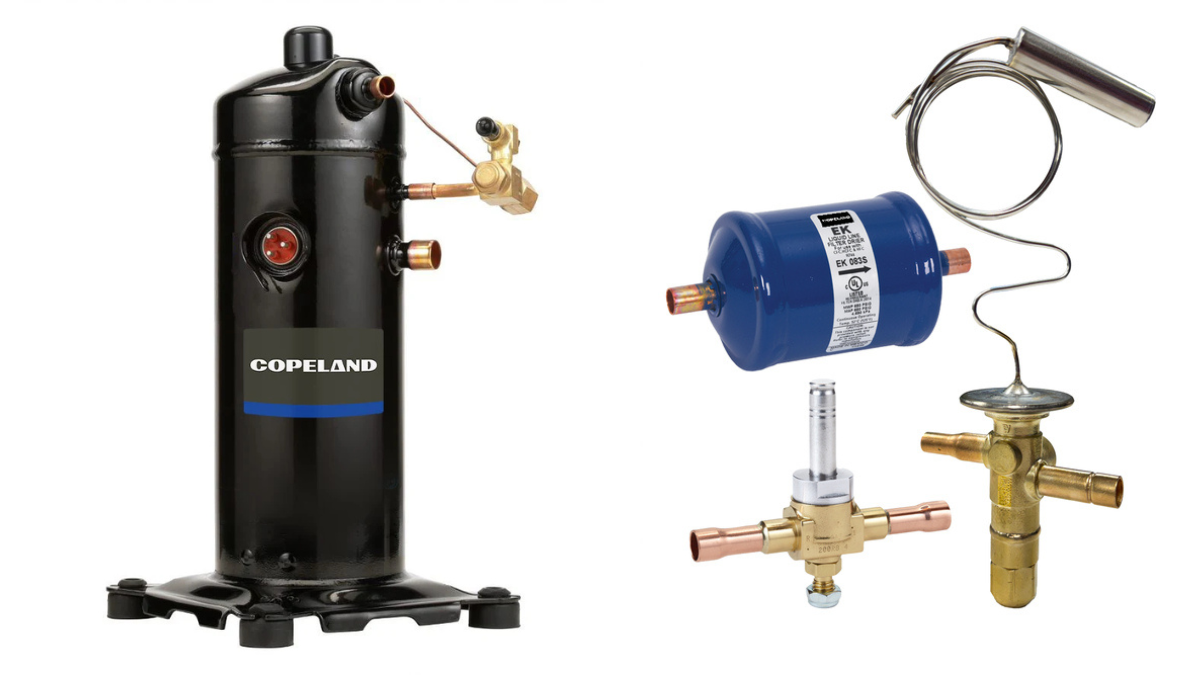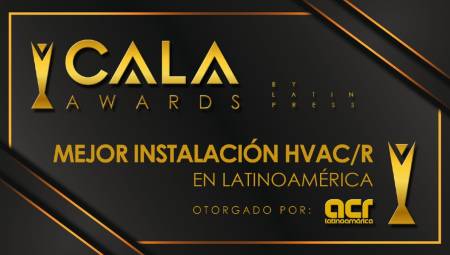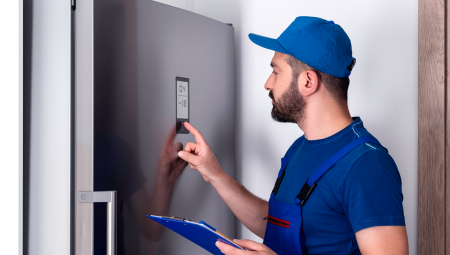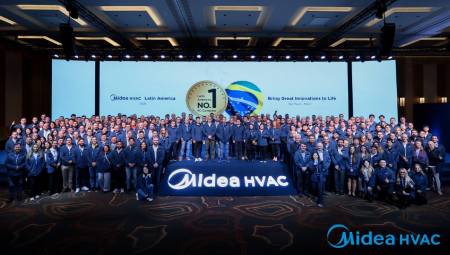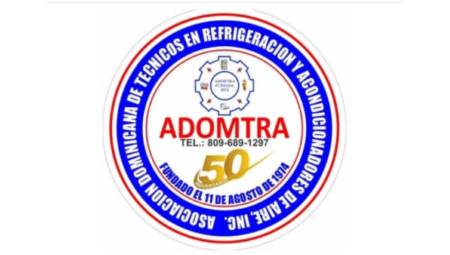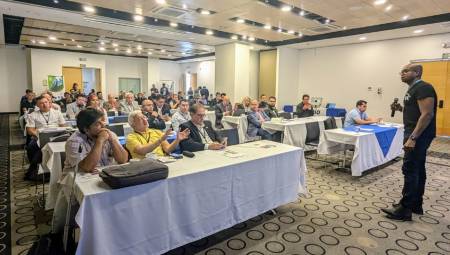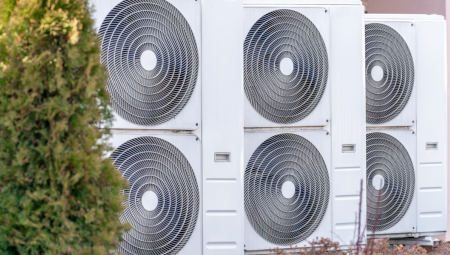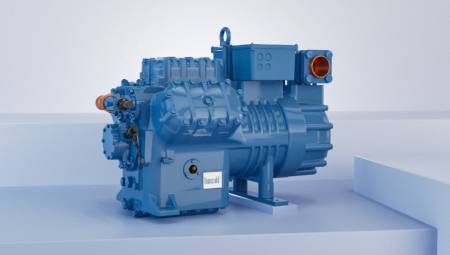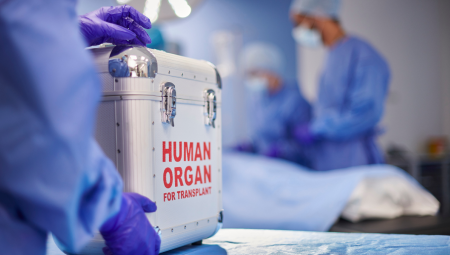Colombia. This Copeland project is a pioneer in Latin America and leads the way towards a sustainable transition with low-GWP refrigerants.
One of the leading supermarket chains in Colombia has taken a decisive step towards sustainability by replacing its old refrigeration system with R-22 with a modern solution, based on low global warming potential (GWP) refrigerant R-454C. The project, developed together with Copeland and a regional original equipment manufacturer (OEM), is one of the first in Latin America to implement this compression technology optimized for A2L refrigerants.
The case demonstrates that it is possible to move towards state-of-the-art refrigerants without compromising safety, energy efficiency, or operational reliability. In addition, it offers a replicable model for other supermarket chains and convenience stores in the region.
Three challenges, one innovative solution
The project faced three key challenges: reducing the environmental impact of legacy HFC refrigerants, reducing energy consumption, and maintaining a familiar system architecture that did not complicate technical maintenance.
The refrigerant R-454C, with a GWP of just 146 and high energy efficiency, emerged as an ideal option. However, its classification as mildly flammable (A2L) according to ASHRAE 34 required strict compliance with safety regulations.
The solution designed by Copeland and its OEM partner consisted of the installation of two mini-rack refrigeration units, optimized for low and medium temperature applications. These units were located outdoors to meet the safety requirements of A2L refrigerants and minimize operational risks.
Both units incorporate Copeland scroll technology. At low temperature, a digital scroll compressor with enhanced steam injection (EVI) was used, while the medium temperature unit was equipped with a fixed-speed scroll compressor, standing out for its reliability and efficiency. In addition, key components such as A2L leak detection devices in refrigerated display cases and electronic expansion valves were integrated to optimize evaporator performance.
The chain achieved a significant reduction in direct greenhouse gas emissions (Scope 1) thanks to the use of R-454C, and a decrease in indirect emissions (Scope 2) due to the energy efficiency of the system.
According to those responsible for the project, the implementation was quick and uncomplicated. The technical staff's familiarity with Copeland's scroll technology allowed for a smooth transition, reducing training time and simplifying maintenance.
This case study highlights how regulatory changes in refrigerants can become catalysts for technological innovation in the retail sector. Supermarkets and convenience stores that opt for Copeland's A2L technology not only advance towards environmental goals, but also improve their operational efficiency and reduce their total cost of ownership.


